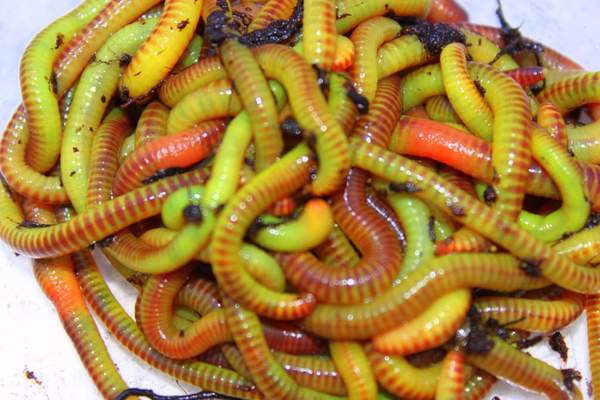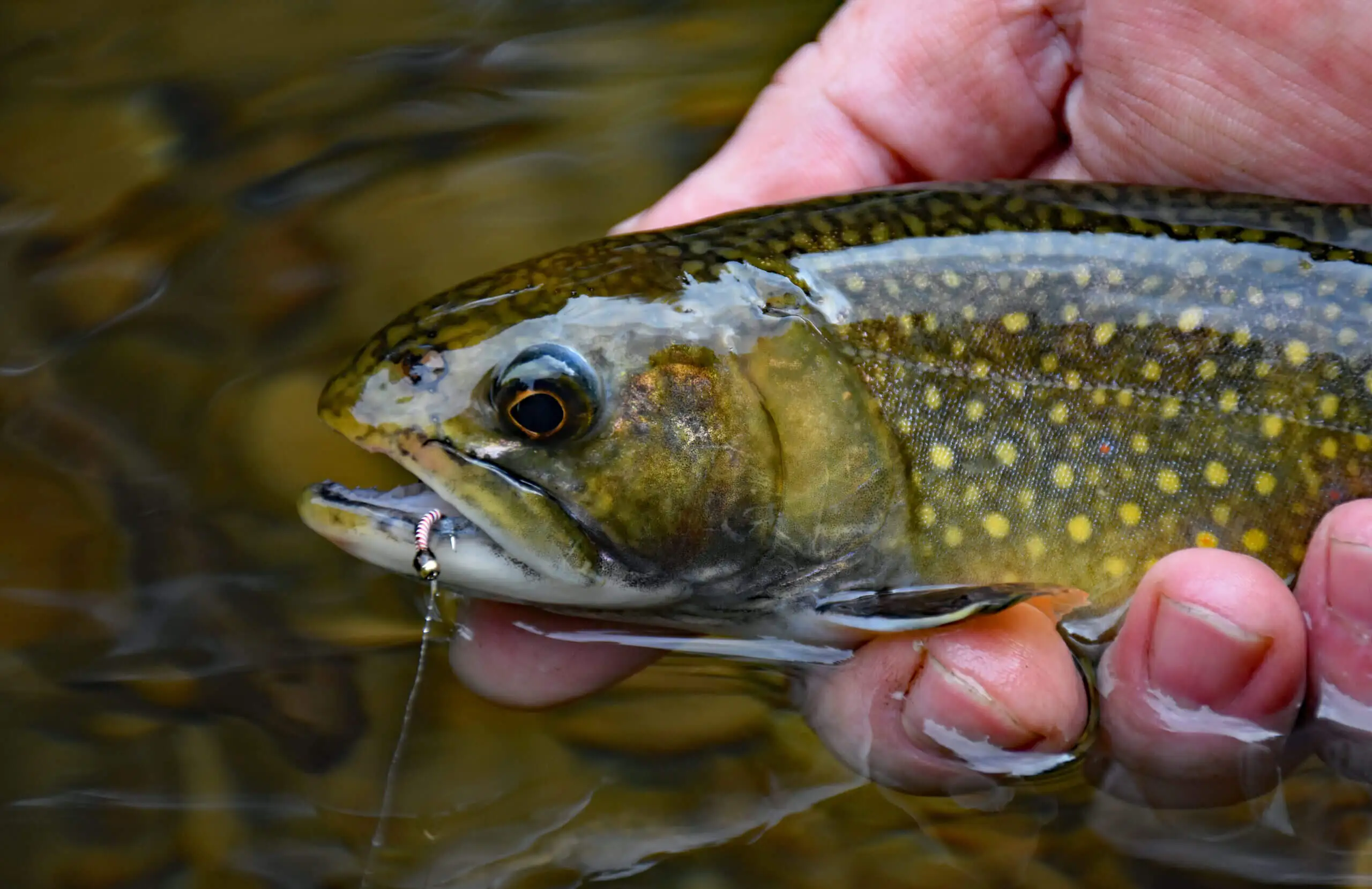The Definitive Guide for Where To Find Red Wigglers
The Definitive Guide for Where To Find Red Wigglers
Blog Article
The smart Trick of Where To Find Red Wigglers That Nobody is Talking About
Table of ContentsHow Where To Find Red Wigglers can Save You Time, Stress, and Money.The 6-Minute Rule for Where To Find Red WigglersSome Known Facts About Where To Find Red Wigglers.The Buzz on Where To Find Red WigglersThe Only Guide to Where To Find Red WigglersThe smart Trick of Where To Find Red Wigglers That Nobody is DiscussingThe 5-Minute Rule for Where To Find Red Wigglers
If you have a tough time situating them, attempt making use of a shovel to dig right into the ground and damage the wet soil with your hands to locate them. You can also seek them in the early morning when lawn sprinklers damp the dirt. Additionally, you can resemble the wetness and rain factors on your very own! Soak your garden or grass with water and try to find your worms once it gets dark.Lift it making use of leverage and search for your worms inside the opening. Do not neglect to look under rocks, bricks, timber, and other things you might locate on the ground, as that's where worms often stay.
As soon as you capture several worms, you will certainly desire to dip your fingers right into sawdust to dry them and enhance your next grasp. Keep in mind that you shouldn't get rid of way too many worms from one place as this can negatively affect that setting. Position your worms right into their bin and store them in the fridge.
You can additionally use a pitchfork to entice worms in the air. Known as a worm groaning stick, this traditional method includes sticking the pitchfork into the ground and then massaging it with an item of metal or wood. The vibrations that are created simulate the audio of a mole, which creates the worms to surface area.
Where To Find Red Wigglers - Truths
For lasting worm storage, we suggest developing a specialized worm farm. Ideally, you uncovered a number of ways to catch your worms the following time you need them after closing hours or when you're really feeling also careless to obtain in the cars and truck and drive numerous miles to the nearest worm dealer!
We'll talk about just how to maintain red wigglers and why they should be the best worm for many composters. Enjoyable reality: The "fetid" component of the binomial name refers to what some say is a fetid secretion the red wiggler utilizes to fend off predators. The makeup of a red wiggler appears like that of other common earthworms; a long-segmented body starts at the sharp head and ends at a slightly-flatted tail.
The gastrointestinal system is easy, beginning at the mouth where the worm starts to consume its food before passing it on the vocal cords. The vocal cords is a muscular section which imitates a pump to pull food right into the mouth prior to pumping it out right into the esophagus. The esophagus is slim and thin-walled and functions as the "waiting room" for the gizzard.
Where To Find Red Wigglers Can Be Fun For Anyone
Note: This demand for grinding is why grit is recommended in a worm container. The worm features no indigenous grinding capability so the worm depends on consumed grit to help grind its food in the gizzard. The tummy is where the first chemical malfunction of food happens with the assistance of a protein-busting enzyme.
The intestine creates the lengthiest component of the worm and is where the bulk of digestion occurs through enymatic processes. The castings at some point travel through the rectum at the end of the worm as pills covered with a biologically-rich mucus. (You're not eating I really hope.) Red wigglers will certainly link around one an additional, exchanging sperm with their skin.
Within 42 days, these child worms will certainly reach sexual maturity as evidenced by the appearance of the clitellum. A mature red wiggler can be expected to live in between one to 3 years (Where To Find Red Wigglers). The magnificent red wiggler may often be used as a lure worm for smaller sized fish or as a healthy protein source for chickens and reptiles
And as mentioned above, they are the most common composting worm in the world. Why? Well there's most likely not simply one reason. Instead, a mix of expense, strength, and convenience in a broad array of temperatures makes it one of the most appropriate composting worm for many new vermicomposters. Red wigglers and their cocoons can survive in a large range of problems.
The Basic Principles Of Where To Find Red Wigglers
This is a common method among worm shippers that don't wish to run the risk of having the worms being in a warm or chilly warehouse over the weekend. Worm growers are not storing worms in a circumstance where they prepare to deliver. The worms need to be harvested from their habitat initially, so growers will certainly frequently establish a Friday or Saturday due date in order to harvest in time for a Monday shipment.
To save on delivery cost, you may want to see if there are any nearby "Mama and Pop" shops via a Google search.

Where To Find Red Wigglers Can Be Fun For Everyone
For ideal results, you desire to strive about 60-70% moisture degree. The easiest examination for this is to squeeze a handful as difficult as you can. At the perfect moisture degrees which is simply under 70% that handful ought to barely generate one drop of fluid. pH in a worm container is pretty simple to preserve.
The European Nightcrawler, the larger cousin of the red wiggler, is equally as ravenous and likewise makes for an excellent bait worm. However it likes a little bit pop over here of a cooler atmosphere than the red Recommended Reading wiggler. The African Nightcrawler is a really big composting worm and makes a stunning, granular actors.
The Indian Blue is voracious, but additionally likes a warmer climate and it likewise shows a propensity to escape the container. The red wiggler is a durable worm and isn't as particular regarding its climate. I like to call it the Ford Taurus of vermicomposting worms; you won't boast to your hardcore composting buddies that you own them, however they will certainly offer you well.
Getting The Where To Find Red Wigglers To Work
Like any kind of other bait, a worm's efficiency has involved rely on its discussion. H.G. "Tap" Tapply underscored this factor nearly a half century earlier in among his Area & Stream columns. "A worm is such an unformed creature," he composed, "there doesn't seem to be quite a fisherman can do with it other than jab it on a hook and toss it right into the water." Yet as Faucet showed, an angler can do an excellent bargain to make a worm a lot more enticing.

Morning is prime feeding time, and the insubstantial bait's slow descent leaves 5 inches of wriggling healthy protein completely sight for a long time. After you've made the actors, keep the bond open and put the rod in a forked stick. The line will certainly diminish the pole in slow-moving loops as the worm works out, however much more usually than not the sluggish loops will certainly become a blur, and the morning will all of a More Info sudden obtain instead intriguing.
You can fish deep and cover a great deal of area, and the crawler seems to be the perfect touch for this transitional time, when the smallmouths have yet to secure on to a preferred forage. Dark jigsblack, brownish, and purpleseem to match the nightcrawler's shade. I generally make use of a whole 'crawler, prefer marabou clothing, and go down the pole for 2 or 3 seconds when I get a hit.
Some Known Questions About Where To Find Red Wigglers.
And differentiating base from a bite can be challenging. The trick is to ease the pole back to the strike (maybe a foot) and really feel for life at the end of the tightening up line. If it's there, set the hook with a move instead than a jerk. Occasionally you'll find on your own hooked to those sluggish, passionate yanks, and feel the weight of a wonderful walleye.
Report this page